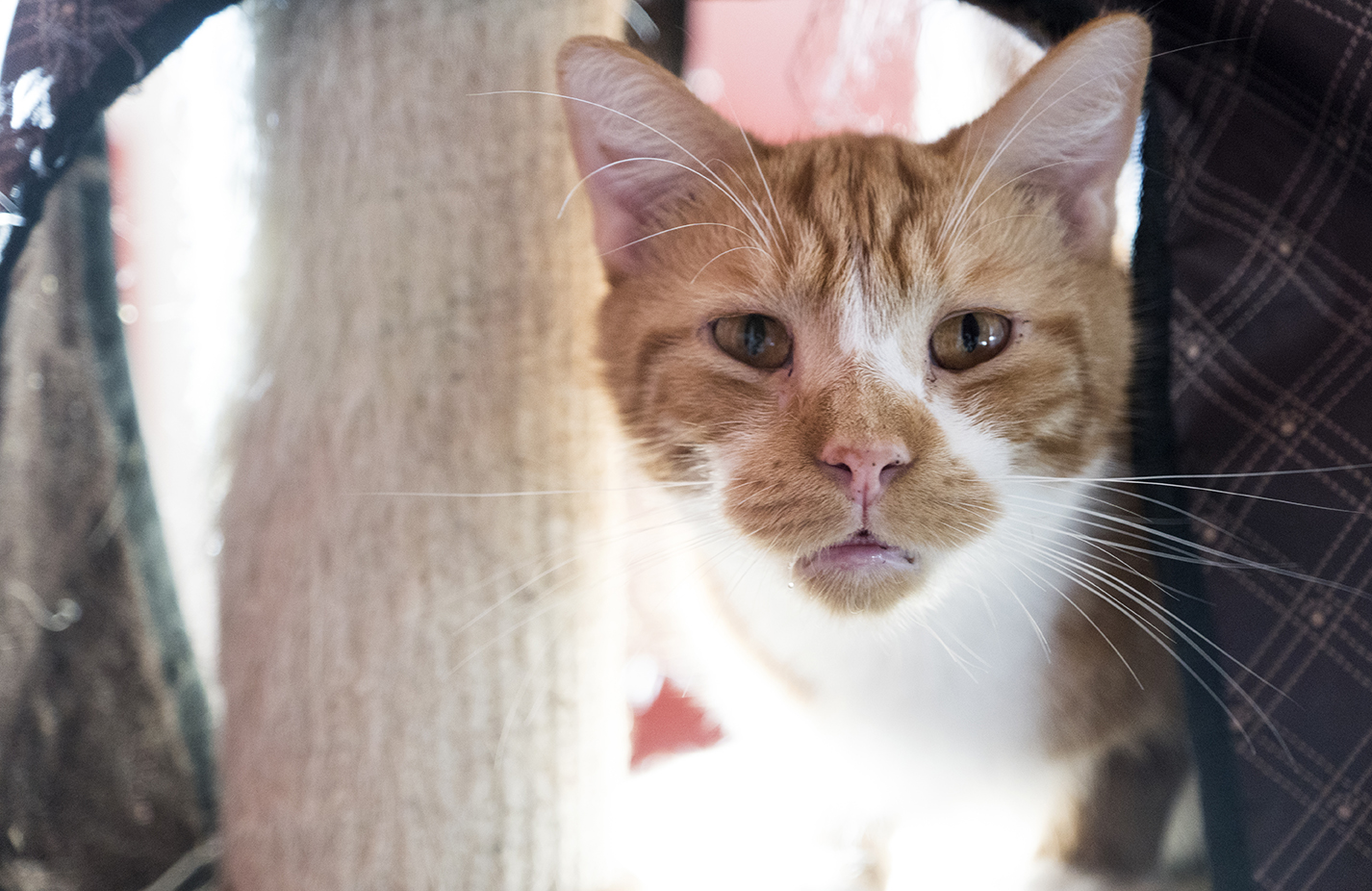Living with Cats and a Baby
Living with Cats and a Baby
With all the warnings given out by the medical profession regarding cats, pregnancy and children, what are the facts?
Yes, Toxoplasmosis is a risk to your unborn child however we need to look sensibly at the actual risk to you, from your cat. In order to contract Toxoplasmosis from your cat you would have to physically ingest some of your cats faeces that was in fact infected with Toxoplasmosis oocysts.
Put simply good personal hygiene i.e. washing your hands after doing the litter tray will suffice. If you wish a further precaution then wear gloves too.
Always wash your hands before you eat and ensure your cats do not walk on food preparation surfaces and you have absolutely nothing to worry about.

How do you contract Toxoplasmosis?
In truth you are far more likely to catch Toxoplasmosis from undercooked meat, unwashed vegetables and garden compost. The occurrence of oocysts in lamb for instance is as much as 62%, think about that next time you have a rare lamb roast!
Introducing Cats to Newborn Baby
The one critical mistake that almost everyone makes when baby come home is that they pick up the cat and take it to see baby or vice versa.
Don’t.
Your cat will be terrified of this new crying, funny looking human. Leave them be and let the cat come and see baby if and when he or she is ready.
Don’t fuss over your cat and if they are yowling and scrabbling to get away, let them. Just ignore their behaviour and gradually they will realise that there is nothing to be afraid of.
If your cat is suffering with severe anxiety then seek advice on products that can help.
Helping the Transition
Once baby comes along you are going to have very little time to spend with your cat, more so in the first few weeks until you establish a routine. During your pregnancy establish the ground rules.
Where will baby sleep and will there be a room of the house designated for baby. Move things gradually into other areas of the house. Don’t suddenly turn the house upside down and move everything your cat see’s as comforting and expect them to cope right away.
A gradual change in house layout and equally a gradual reduction in the time and routine you have with your cat should all help to ease the transition from your cat being your only focus to it now being baby and cat.
If your cat is particularly anxious consider speaking to your vet about options to help alleviate stress in the weeks leading up to and post birth.
Once baby has arrived and your cat has got used to baby being around they will be curious about who or what this tiny human is.
If baby is asleep in the car seat and your cat comes along to be curious, remember, your cat is far more scared of baby. They may put a paw up on the side of the car seat and have a sniff but as soon as baby moves they will shoot off in fear.
Let your cat sniff at baby and realise that baby isn’t a threat and isn’t going to hurt them.
Offering Reassurance
Your cat will look for reassurance from you once baby has arrived. Always remember not to give reassurance in the form of affection or play whilst they are stressed or overly vocal.
Wait until you are sitting quietly in adult only time and allow your cat to come to you calmly and offer reassurance by stroking, grooming and gentle play if they wish to do so.
Always let your cat initiate the interaction and you should find over the first few months that things will settle down and your cat will find its place once again in the family group.
Where to Get Help
Behaviour Counselling is far more accessible these days for cats. If your cat is suffering severe behavioural problems with the arrival of a new baby ask your vet for a referral to a Behaviour Counsellor from the APBC.
Alternatively for advice on managing interaction you can also try calling Sunny Harbour Cat Rescue Advice Line on 0300 330 1412.
